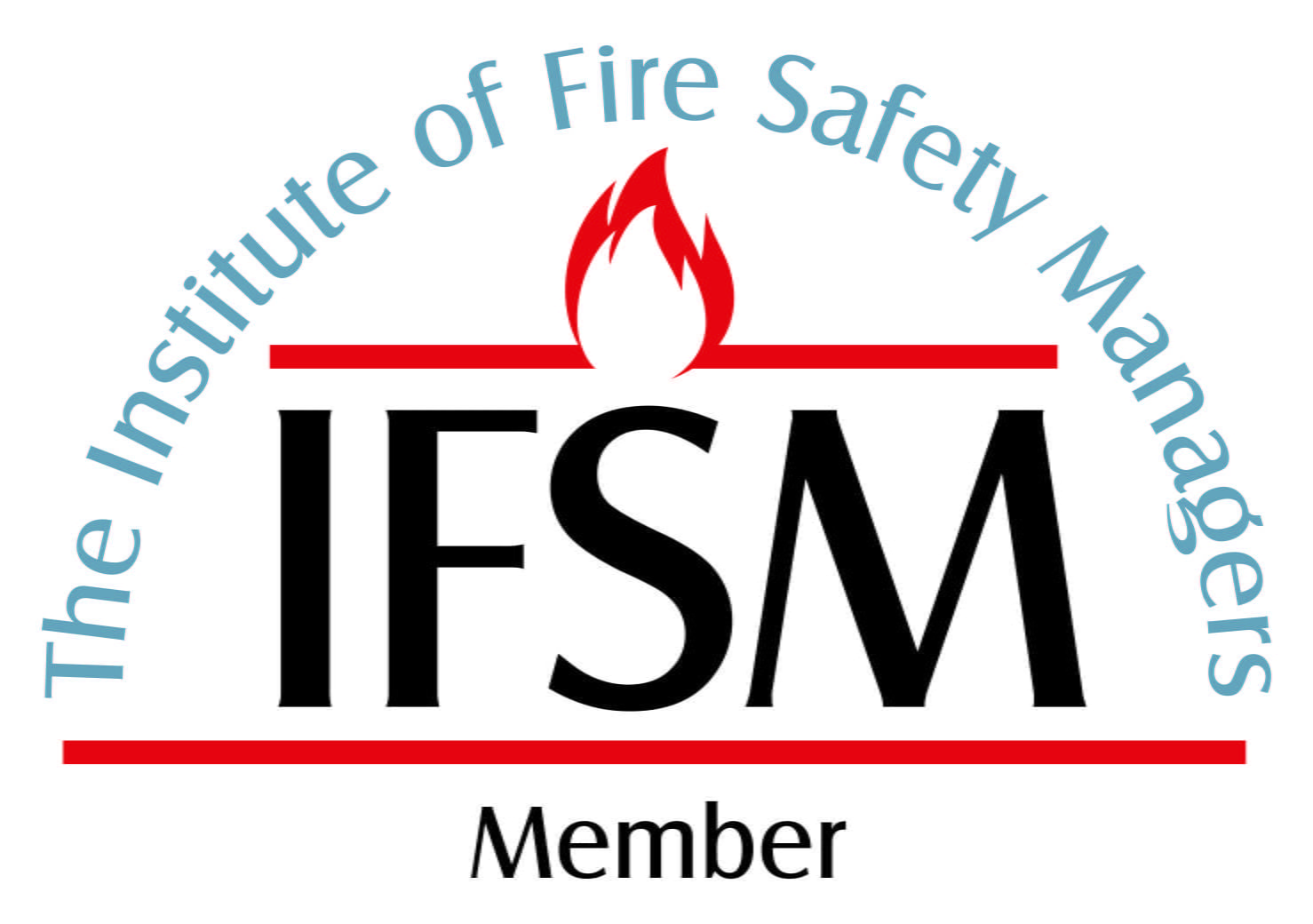Information
-
Client / Site
-
Title
-
Address of the Premises
-
Legal entity for responsibility.
- Residents Management Company
- Right to Manage Company
- Freeholder - Private Individual
- Freeholder - Company
-
Assessor
-
Date of Fire Risk Assessment
-
Suggested Date for Review (earlier review may be necessary)
-
- Pass - Compliant
- Fail - Minor
- Fail - Major
The Fire Risk Assessment
The Regulatory Reform (Fire Safety) Order 2005 (FSO)
-
This Fire Risk Assessment has been carried out on behalf of the Responsible Person as defined in Article 3 of the FSO, the content of the Fire Risk Assessment should assist the Responsible Person in achieving compliance with Article 9 of the FSO the requirement to carry out Fire Risk Assessments.
It is important to understand the content of the Fire Risk Assessment, necessary recommendations are made if there are actions that are required to protect relevant persons from fire. (Relevant persons are any persons lawfully in the building) If the content in the recommendations section is unclear clarification should be sought.
The Fire Risk Assessment considers dangerous substances within the premises only to determine the adequacy of general fire precautions (Article 4 of FSO) it is the responsibility of the Responsible Person to arrange an assessment. this must include the front doors of the individual flats.
ARMA provides detailed advice specifically on the matter. ARMA.org.uk/downloader/f1r.pdf
This Fire Risk Assessment is only part of the process to achieving compliance with the FSO, a full copy of the FSO can be obtained by going to http://www.legislation.gov.uk/uksi/2005/1541/contents/made
The percentage figures shown at the bottom of the page in the Fire Risk Assessment section are not a percentage figure for the level of compliance but are the percentage of positive answers given however there is some correlation between the two.
Part 1: GENERAL INFORMATION
1 The Premises
-
General pictures of the site.
-
Brief details of construction
-
Number of floors
- 1
- 2
- 3
- 4
- 5
- 6
- 7
- 8
- 9
-
Occupancy type.
- Owner Occupier
- mixed owner occupier/ private tenants
- private tenants
-
Average ages of occupier.
- 18-30
- 30-50
- 50-70
- 70-100
- 18-50
- 50-100
2 The occupants
-
Maximum number of occupants:
3 Previous Fire loss experience
-
Is there any previous history of fire loss in the premises
4 Other relevant background
-
Is there a prohibition notice in place?
-
Is there an alteration notice in place?
-
Is there an enforcement notice in place?
-
Details of any other relevant information
5 Electrical sources of ignition
-
Are reasonable measures taken to prevent fires of electrical origin?
-
Is the fixed wiring installation periodically tested and inspected?
6 Smoking
-
Is the appropriate smoking prohibition notice displayed at the building's entrance?
-
Is smoking prohibited in the communal areas of the building?
7 Arson
-
Does the basic security against arson appear reasonable?
-
Is there sufficient control of unnecessary fire load in close proximity to the building or available for ignition by outsiders?
8 Lightning
-
Does the building have lightning protection system if required?
9 Other significant ignition sources that warrant consideration
-
List other ignition sources:
10 Housekeeping
-
Is the standard of housekeeping adequate?
-
Are combustible materials stored separatly from ignition sources?
11 Hazards introduced by contractors and building works
-
Is there sufficient control over works by contractors (e.g. Permits to work & hot works permits)?
-
Are fire safety conditions and instructions communicated to contractors?
12 Dangerous Substances
-
If dangerous substances are present on the premises have adequate measures bee taken to eliminate or reduce the risk to relevant persons
13 Means of escape
-
Is the building provided with adequate means of escape in case of fire?
-
Are there sufficient exits?
-
Are exits easily and immediately openable where necessary?
-
Do fire exits open in the direction of travel where necessary?
-
Have sliding or revolving doors been avoided as fire exits?
-
Are there adequate means of securing exits?
-
Are there reasonable distances of travel where there is a single direction of travel?
-
Are there reasonable distances of travel where there are alternative means of escape?
-
Are there suitable fire precautions for all inner rooms?
-
Are escape routes unobstructed?
14 Measures to limit fire spread and development.
-
Are linings that promote fire spread avoided as far as reasonably practicable?
15 Fire Doors
-
Are fire doors to appropriate fire resisting standards? Example FD30s - 44 mm thick doors. Max 4mm gap at base of door. Intumescent strip and brush installed.
-
Are fire doors fitted with intumescent strips and smoke seals?
-
Do all fire doors close fully and form a close fit in the opening?
-
Are fire doors in good condition?
-
Is the practice of wedging or otherwise holding doors open avoided?
16 Emergency lighting
-
Is there a reasonable standard of escape lighting provided?
17 Fire safety signs and notices
-
Are fire safety signs and notices suitable and sufficient?
18 Means of giving warning in the event of fire
-
If an automatic fire detection system is required is it provided and suitable?
-
If a manually operated fire alarm system is required is it provided and suitable?
-
If there is an alarm system is there remote transmission of alarm signals if required?
19 Manual fire extinguishing appliances
-
Is there suitable and sufficient provision of portable fire extinguishers if required?
-
If hose reels are required are they provided?
20 Relevant automatic fire extinguishing systems
-
Type of system:
-
Comments and observations:
21 Procedures and arrangements
-
Person responsible for fire safety:
-
Is the a Fire Policy in place?
-
Is there a written Fire Emergency Plan in place?
-
Is the Fire Emergency Plan readily available to all occupiers/visitors/contractors.
-
Is the Fire Emergency Plan available to the enforcing authority?
-
Do routine in-house inspections of fire precautions take place?
22 Testing and maintenance
-
Is there six-monthly and annual testing of the emergency lighting?
-
Is there annual maintenance and testing of fire extinguishing equipment if required?
-
Is there annual inspection and testing of the lightning protection system?
-
Is there annual testing of wet/dry risers?
-
Is there routine checks of fire doors and final exit doors?
-
Other relevant inspection and testing
23 Records
-
Are there records of fire alarm tests?
-
Are there records of emergency lighting tests?
-
Are there records of maintenance and testing of other fire protection systems?
Part 5: RISK RATING AND RECOMMENDATIONS
-
Rating
-
Executive Summary













